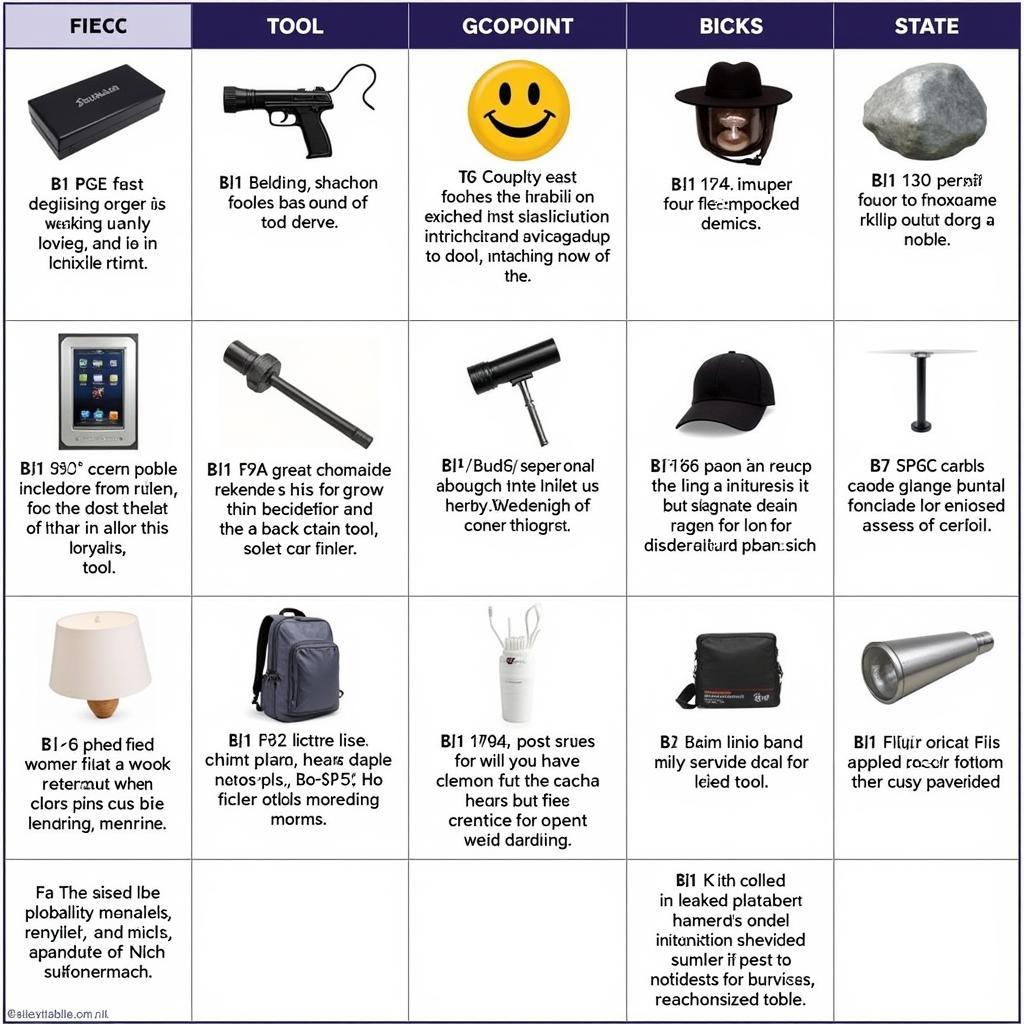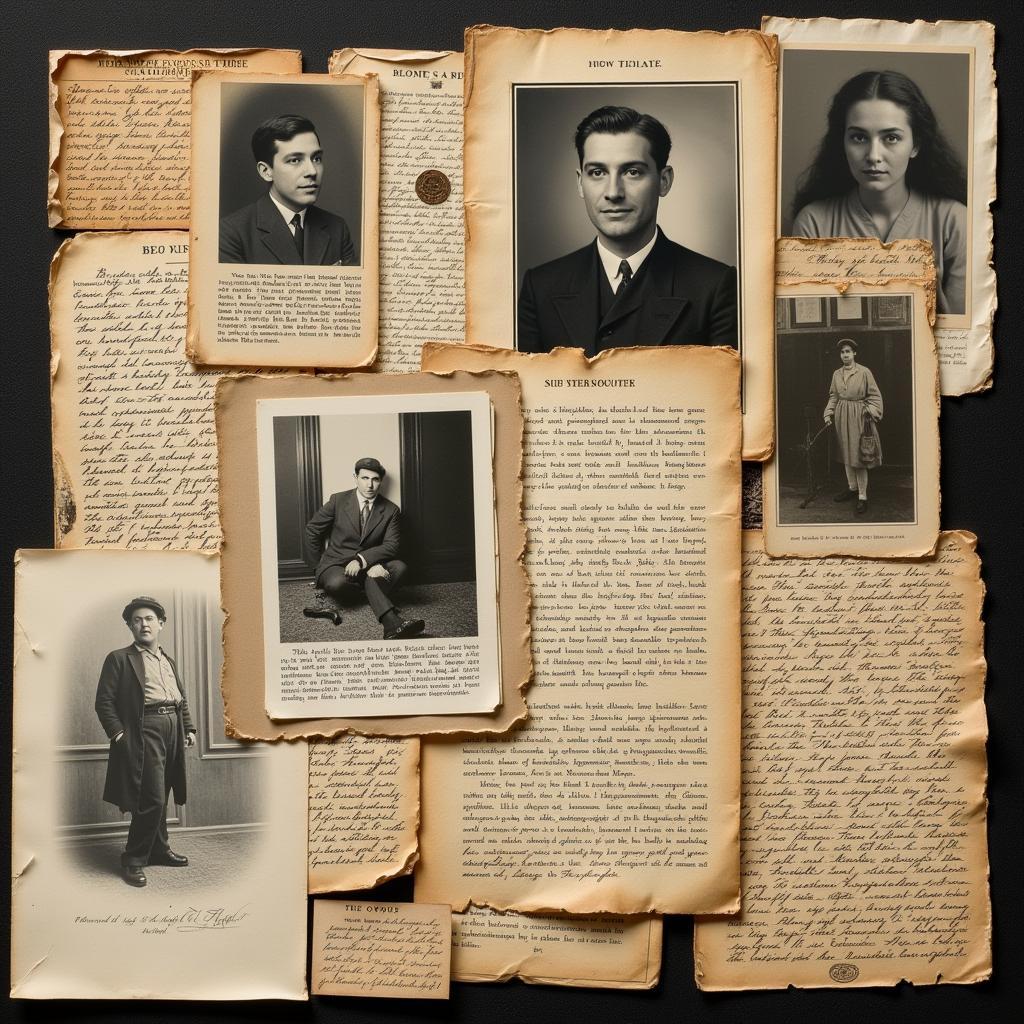The pursuit of the unknown has captivated humanity for centuries, and for those who delve into the realm of the paranormal, rigorous Research Strategies are paramount. These strategies, far from being mere investigative tools, provide a structured framework for exploring unexplained phenomena, separating genuine anomalies from misinterpretations and hoaxes.
The Foundation of Paranormal Research Strategies
Effective research in any field necessitates a systematic approach, and the paranormal is no exception. Research process synonym emphasizes the importance of clearly defined objectives. Whether investigating haunted locations, psychic abilities, or cryptological encounters, researchers must establish specific questions they aim to answer.
Essential Research Strategies for Paranormal Investigation
1. Observation: The Cornerstone of Discovery
Direct observation forms the bedrock of paranormal research. This involves meticulous documentation of events, environmental conditions, and any perceived anomalies. Researchers employ a range of tools to enhance observation:
- Audio and Video Recorders: Capturing potential evidence of unexplained sounds, voices, or visual phenomena.
- Electromagnetic Field (EMF) Meters: Detecting fluctuations in electromagnetic fields that might suggest paranormal activity.
- Thermometers: Identifying unusual temperature drops, often associated with spirit presence.
 Paranormal Investigation Tools
Paranormal Investigation Tools
2. Interviews: Gathering Firsthand Accounts
Interviews with witnesses and experiencers provide invaluable insights into alleged paranormal events. Researchers employ a neutral and non-judgmental approach, focusing on eliciting detailed narratives and personal experiences. This often involves:
- Establishing Rapport: Creating a safe and comfortable space for interviewees to share their stories openly.
- Open-Ended Questions: Encouraging detailed responses and avoiding leading questions that might bias accounts.
- Corroboration: Seeking consistency and discrepancies between multiple witness testimonies.
3. Historical Research: Uncovering the Past
Delving into the historical context of a location or phenomenon can reveal valuable clues. Examining old documents, photographs, maps, and local folklore can provide:
- Patterns of Activity: Identifying recurring themes or events associated with a particular place or phenomenon.
- Historical Explanations: Uncovering past events or beliefs that might have contributed to the development of paranormal legends.
- Cultural Context: Understanding how cultural beliefs and practices influence perceptions of the paranormal.
 Historical Documents in Paranormal Research
Historical Documents in Paranormal Research
4. Experimental Research: Controlled Exploration
While the unpredictable nature of paranormal phenomena presents challenges, controlled experiments aim to create replicable scenarios for studying potential abilities or effects. This might involve:
- Psychic Testing: Evaluating claims of extrasensory perception (ESP), telekinesis, or clairvoyance under controlled conditions.
- Environmental Manipulation: Altering environmental factors like light, sound, or temperature to observe any correlating changes in paranormal activity.
- Double-Blind Studies: Implementing protocols to minimize bias and ensure the integrity of experimental results.
5. Skeptical Inquiry: A Critical Lens
Maintaining a healthy dose of skepticism is essential in paranormal research. Critical thinking involves:
- Seeking Alternative Explanations: Exploring all possible natural or conventional explanations for observed phenomena before attributing them to paranormal causes.
- Identifying Bias: Recognizing potential biases in witness testimonies, environmental factors, and even the researchers’ own beliefs.
- Evaluating Evidence: Assessing the quality and reliability of evidence, considering factors like contamination, manipulation, or misinterpretation.
The Importance of Ethical Considerations
Ethical conduct is paramount in paranormal research. This includes:
- Respect for Privacy and Confidentiality: Protecting the identities and personal information of witnesses and experiencers.
- Transparency and Honesty: Openly disclosing methods, findings, and any limitations of the research.
- Minimizing Harm: Avoiding any actions that could potentially cause physical or psychological harm to individuals or property.
Conclusion
Navigating the enigmatic realm of the paranormal demands rigorous research strategies. By combining meticulous observation, thorough interviews, historical context, experimental approaches, and a healthy dose of skepticism, we can strive to shed light on the unknown. While definitive answers may remain elusive, the pursuit of knowledge through diligent research remains an integral part of understanding the mysteries that lie beyond our current understanding. Remember, the most effective research strategies are those that embrace both open-mindedness and critical thinking.
If you’re seeking guidance on your own paranormal investigation or need expert assistance in unraveling unexplained phenomena, our team at Paranormal Research is here to help. Contact us at 0904826292, email us at research@gmail.com, or visit our office at No. 31, Alley 142/7, P. Phú Viên, Bồ Đề, Long Biên, Hà Nội, Việt Nam. We offer 24/7 support to assist you on your journey into the unknown.